Myths and Facts About Ubtans (And Everything You're Getting Wrong About Skincare)
| Estimated Reading Time: 7 minutes |
You’ve probably heard this before: “Go natural! Ubtans are the ultimate skin saviours.” And it’s true, but only partly. While ubtans have long been glorified as magical blends of herbs and spices, there’s a lot of confusion about how, when, and if they should be used at all. Some say you can use them daily. Others warn you’ll burn your skin off with haldi. And then there’s the DIY crowd throwing lemons and coffee into every mix without a second thought.
Let’s get one thing straight: ubtans are effective. But only when used right. This blog breaks down the myths surrounding ubtan powder ingredients and exposes common skincare mistakes (yes, including the ones involving your kitchen shelf) and helps you build a routine that’s both effective and respectful of your skin’s unique needs.

Ubtan Myths vs Facts: What Ayurveda Actually Says
In Ayurveda, ubtan isn’t just a “homemade face pack”; it’s a therapeutic preparation tailored to your dosha (body type), ritucharya (seasonal routine), and prakriti (individual constitution). What this means is: no one ubtan fits all. Here’s what popular belief gets wrong:
Myth 1: You can use the same ubtan year-round.
Fact: Ayurveda recommends seasonal modifications to skincare. For example:
-
In summer, cooling ingredients like sandalwood, mint, and rose are ideal.
-
In winter, nourishing components like almond flour, saffron, and milk are preferred.
Myth 2: Turmeric is always good in ubtan.
Fact: Not all turmeric is equal. Raw haldi (used in cooking) can stain and irritate the skin, especially for fair or sensitive types. Opt for kasturi manjal (wild turmeric) instead; it's meant for topical use.

Myth 3: Ubtan is only for brides.
Fact: Bridal glow is not the only purpose! Regular use of ubtan can support detoxification, blood circulation, and oil balance, regardless of gender or occasion.
Myth 4: Ubtan works for everyone, anytime.
Fact: Ubtans must be customised based on skin type and season.
-
For dry skin or winter: Ubtans with sandalwood, rose petal powder, and almond flour, mixed in milk or cream, nourish without stripping oil.
-
For oily skin or summer: Use chickpea flour (besan), neem, and turmeric with rose water to control sebum and inflammation.
-
For sensitive skin: Avoid harsh actives like lemon, raw turmeric, or coffee. Stick to calming ingredients like calendula or licorice (mulethi).
The problem isn’t with ubtan itself. It’s the copy-paste approach to something that should be personalised.
Is It Safe to Use Ubtan Daily? The Truth Based on Skin Type
Another myth or doubt (because it’s both) people have is that ubtan should be used daily since it’s faster, and using it daily would lead to faster results. But something that people forget is that ubtan isn’t a face wash; it’s more active and potent than you think.
Here are some things to remember:
-
Ubtan powder ingredients prove beneficial for normal to oily skin when used 2-3 times a week.
-
To prevent over-exfoliation, people with dry or mature skin should use it just once a week.
-
People with sensitive skin should patch test first and use it fortnightly.
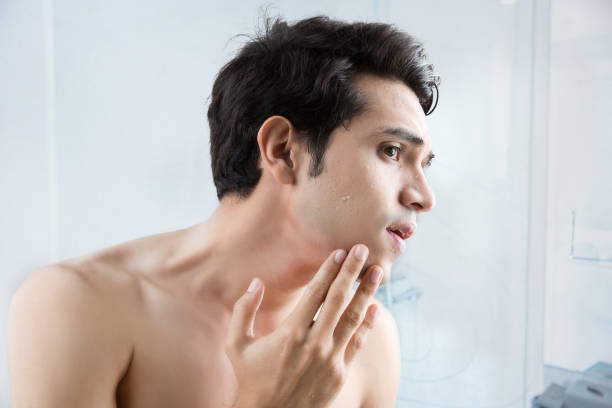
Why? Because even natural ubtan powder ingredients like turmeric and gram flour can sometimes disrupt your skin barrier when overused.
Bottom line: More isn’t always better. Overuse can lead to micro-tears, dehydration, and increased sensitivity, not glowing skin.
The Problem with DIY: Lemon, Coffee, and Other Kitchen Ingredient Myths
Pinterest boards are not always your best friends. They’ll tell you that any and everything from your kitchen is fair game. But while your kitchen ingredients are natural, it doesn’t mean they are all safe, especially when it comes to DIY skincare.
Here are some frequent offenders:
-
Lemon Juice: Being highly acidic in nature, it can cause burns and long-term pigmentation when exposed to sunlight.
-
Coffee Grounds: They tend to be too abrasive and can create micro-tears in the skin.
-
Baking Soda: It can damage the skin barrier by altering its pH.
-
Raw Turmeric: Everyone is well aware of how awful turmeric stains tend to be. Additionally, it can also irritate sensitive skin.
This doesn’t mean that products with these ingredients should be avoided at all costs. Instead, you should just use them with care when making DIY scrubs or go for brands that offer products with natural ingredients while making them safe.
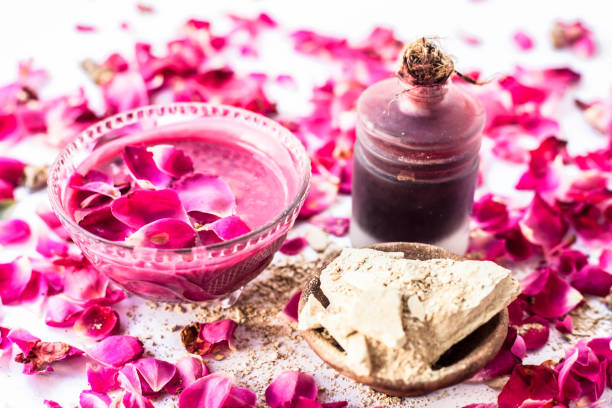
Whereas, if you wish to take the DIY road, go for these balanced, skin-friendly ingredients:
-
Multani Mitti – Controls oil
-
Sandalwood – Soothes inflammation
-
Rose Powder – Hydrates the skin
-
Mulethi - Brightens the skin
If you're not confident in ratios or skin compatibility, a pre-formulated ubtan ensures safety and balance.
Product Recommendation:
Blue Nectar Ubtan & Masks – made with balanced proportions of turmeric, coffee grounds, and almond extracts.
Exfoliation Mistakes That You Might Be Making
Now that we’ve addressed the ingredients aspect, let’s discuss some common exfoliation mistakes.
-
The primary one of them being over-exfoliation, which leads to micro-damage.
Some signs of over-exfoliation are as follows:
-
Redness and burning
-
Increased breakouts
-
Flaky patches despite having oily skin
→ Instead of scrubbing it aggressively, use the ubtan as a mask. Let it semi-dry and then gently massage it off with lukewarm water. Don’t forget to moisturise afterwards.
-
The next mistake is to use the ubtan on dry skin without mixing it with oil or cream.
→ Since the skin is already dehydrated, using a dry base would strip away even more moisture. Hence, add a hydrating element like aloe vera, milk, or honey.
-
Exfoliating frequently
→ Exfoliating more ≠ better glow. But exfoliating more definitely equals flakiness and increased sun sensitivity due to a compromised skin barrier. Stick to 1–2 times a week for most skin types. Oily skin might handle 3 times but no more than that.
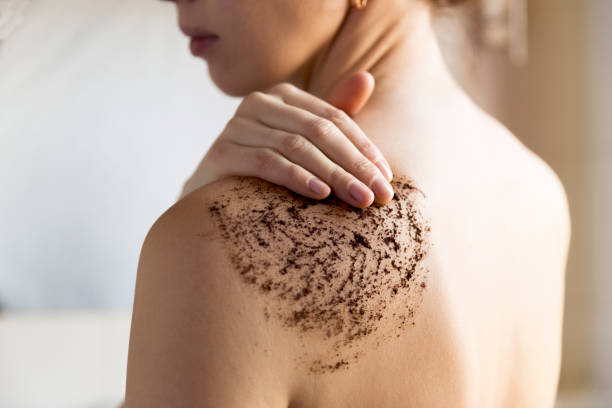
-
Using large, coarse particles like sugar, salt, or coffee
→ Coarse scrubs can scratch the surface and worsen pigmentation or cause tiny abrasions. Choose finely ground exfoliants like oat flour, almond meal, or sandalwood powder, which are gentle, effective, and safe.
-
Not following up with a moisturiser
→ Exfoliation, while effective at removing dead skin, temporarily exposes your skin. Therefore, neglecting to moisturise after an ubtan treatment can result in dryness or even an increase in oil production. Ayurvedic options like kumkumadi tailam or almond oil work well.
-
Using exfoliation to treat active acne
→ Scrubbing inflamed acne can spread bacteria, irritate skin further, and even increase the risk of scarring. Thus, during acne flare-ups, use soothing ubtan ingredients like neem, tulsi, or multani mitti without scrubbing. Apply as a mask only.
The key thing to remember is that the goal of exfoliation is to reveal healthier skin and not punish it. As with everything, when exfoliation is done correctly, the rewards received are extremely beneficial.
What Happens If You Don’t Exfoliate?
On the flip side, not exfoliating at all can leave your skin looking dull, congested, and flaky.
Without exfoliation:
-
Dead skin builds up, which means an uneven texture
-
Pores are clogged, leading to more breakouts
-
Active ingredients absorb less, which makes products feel useless
So yes, exfoliation is essential. But let’s not make it a punishment ritual. A well-made ubtan with gentle particles like almond flour or oatmeal does the job without the trauma.

Homemade vs Store-Bought Face Masks: What's Actually Better for You?
Homemade masks can be great if you know your ingredients, sanitise your tools, and understand proportions.
But most of us:
-
Don’t patch test
-
Don’t preserve correctly
-
Don’t research compatibility
That’s where store-bought masks come in handy. They’re:
-
Clinically tested
-
Formulated for stability and safety
-
Easier to use and store
That said, avoid masks with alcohol, parabens, or heavy fragrances, even if they claim to be “natural”.
Why Face Masks Work Better at Night (According to Ayurveda and Science)
You’ve probably come across the face mask overnight trend. While not all masks are safe to leave on while you sleep, Ayurveda actually supports nighttime rituals for maximum benefit.
Why nighttime masks (like ubtans or herbal pastes) are better:
-
Skin cells regenerate faster at night.
-
Cortisol (stress hormone) drops, reducing inflammation.
-
No UV rays or pollution to interfere with actives.
-
Skin is more permeable, which means better product absorption.

However, if you prefer ubtans over face masks or scrubs, remember traditional ubtans are meant to be washed off, not left on overnight. What you can do is:
-
Use ubtan 1–2 hours before bed, then rinse.
-
Follow up with a soothing night serum or natural sleeping mask.
Conclusion
Ubtan isn’t a miracle dust you slap on whenever your skin acts up. It’s a time-tested Ayurvedic blend that deserves more respect than your random kitchen experiment. By understanding ubtan powder ingredients, debunking common myths, and using it within a balanced skincare ritual, you get results that last, not just a one-off glow for Instagram.
Say goodbye to the lemon-coffee chaos and hello to ancient skincare wisdom with a modern twist.
Still unsure which ubtan is right for you?
Explore Blue Nectar's Ubtan Range, which is thoughtfully formulated, dosha-aligned, and skin-safe.
Recommended Products by Blue Nectar
Turmeric Ubtan Powder Face Pack for Glowing Skin (9 herbs)
Almond Flax Seed Anti Aging Face Ubtan Powder (12 herbs)
Coffee Powder Ubtan Face Pack for Tan Removal & Natural Exfoliaiton (11 herbs)
Related Articles
Battle of the Beauty World: Face Scrubs Vs Face Masks
9 Best Face Pack For Glowing Skin (Backed by Ayurveda!)
The Ultimate Pre-Wedding Glow-Up Guide for Brides & Grooms
Physical Exfoliation vs. Chemical Peels: Which Brightens Skin Without Side Effects?
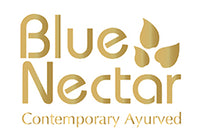

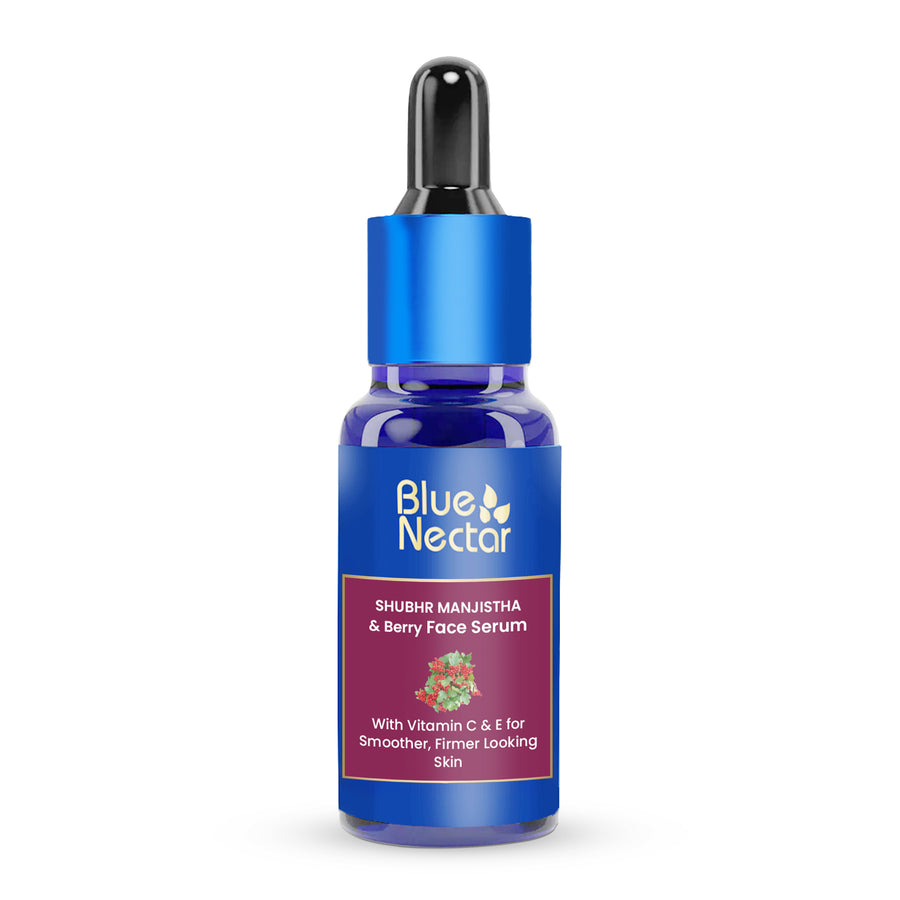
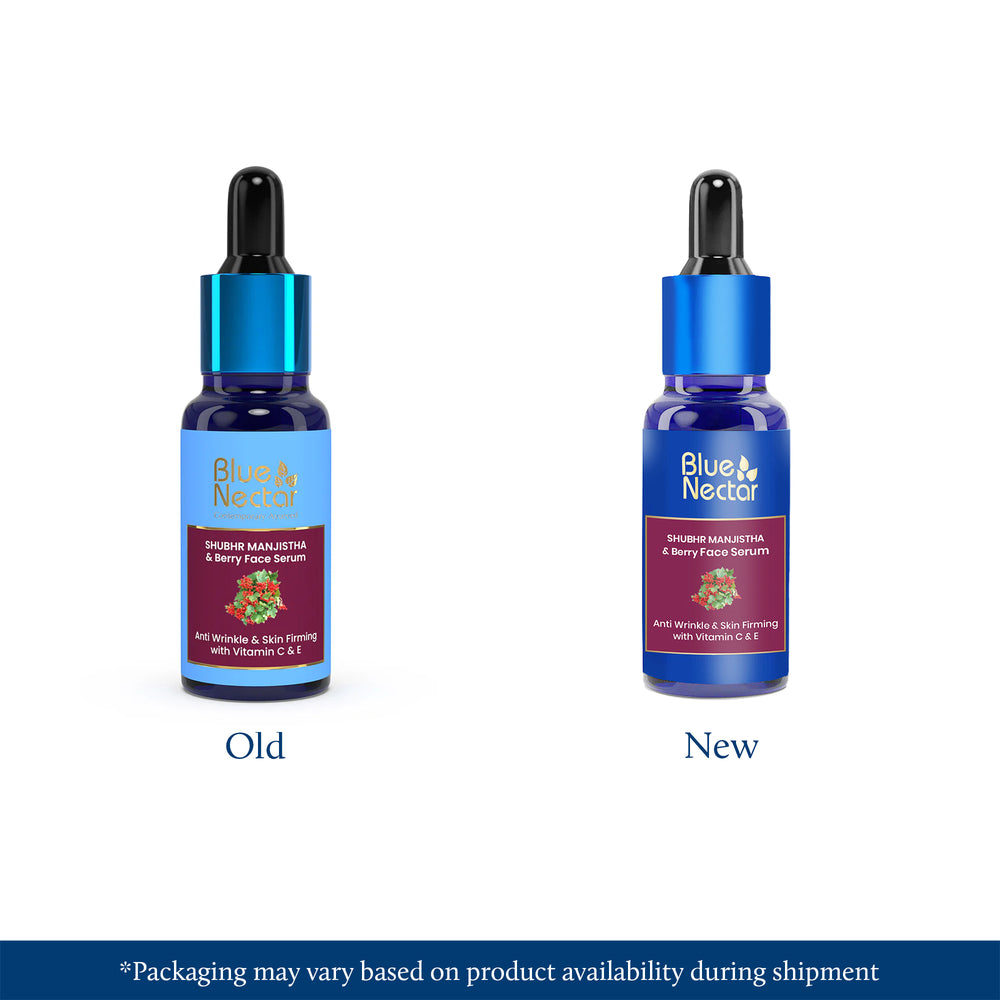
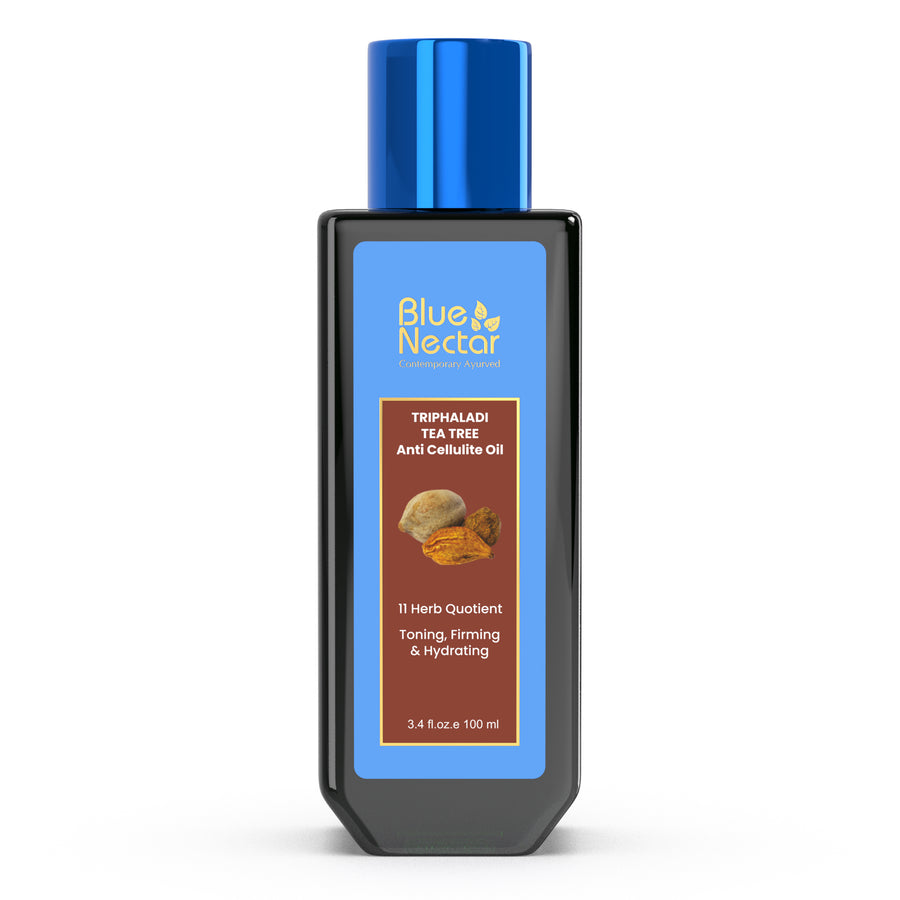
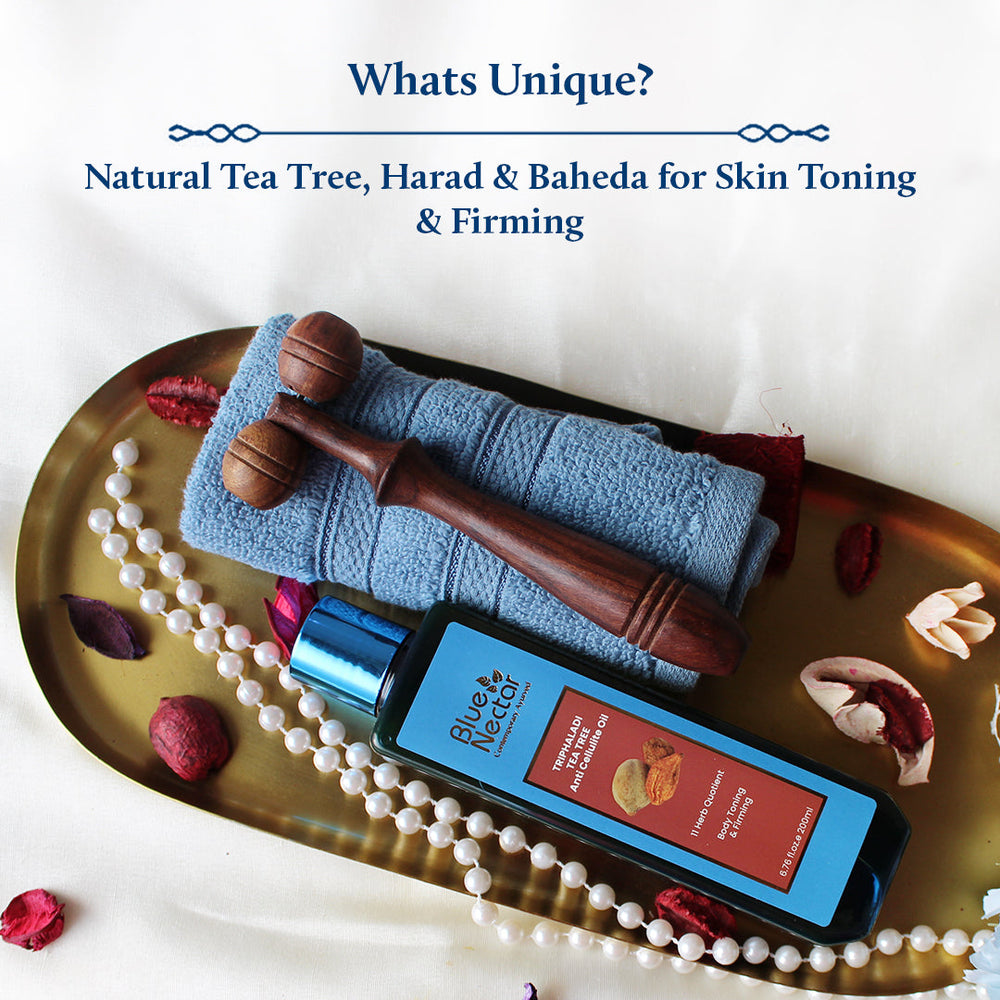


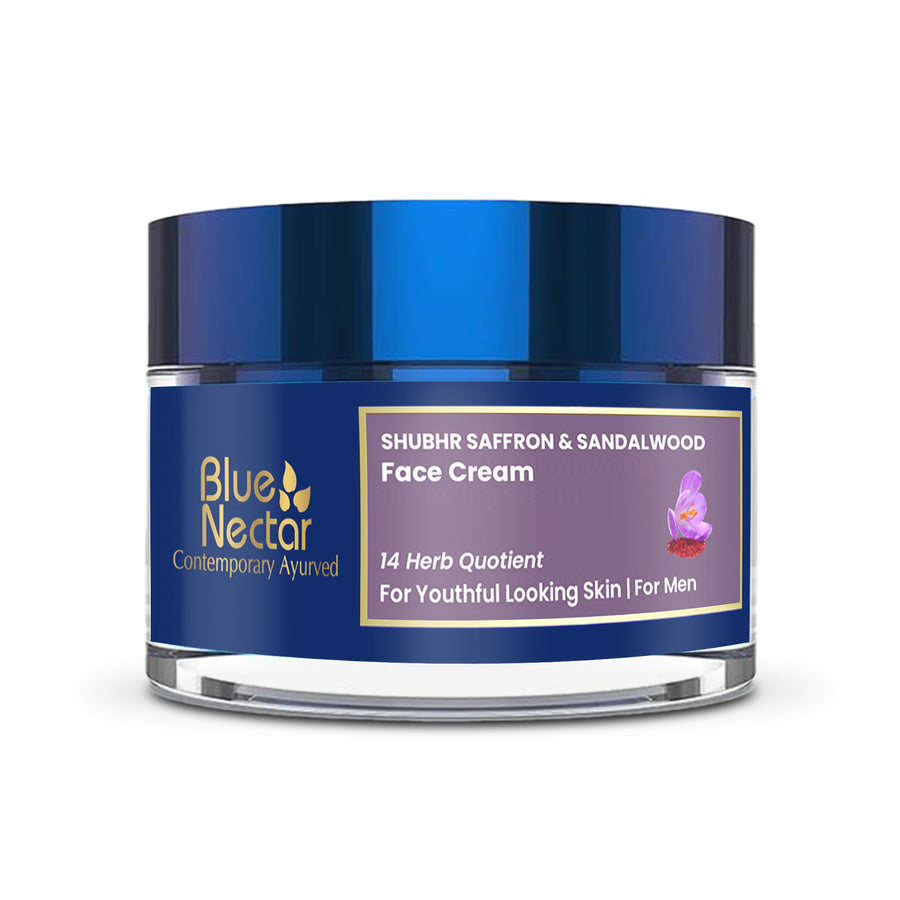
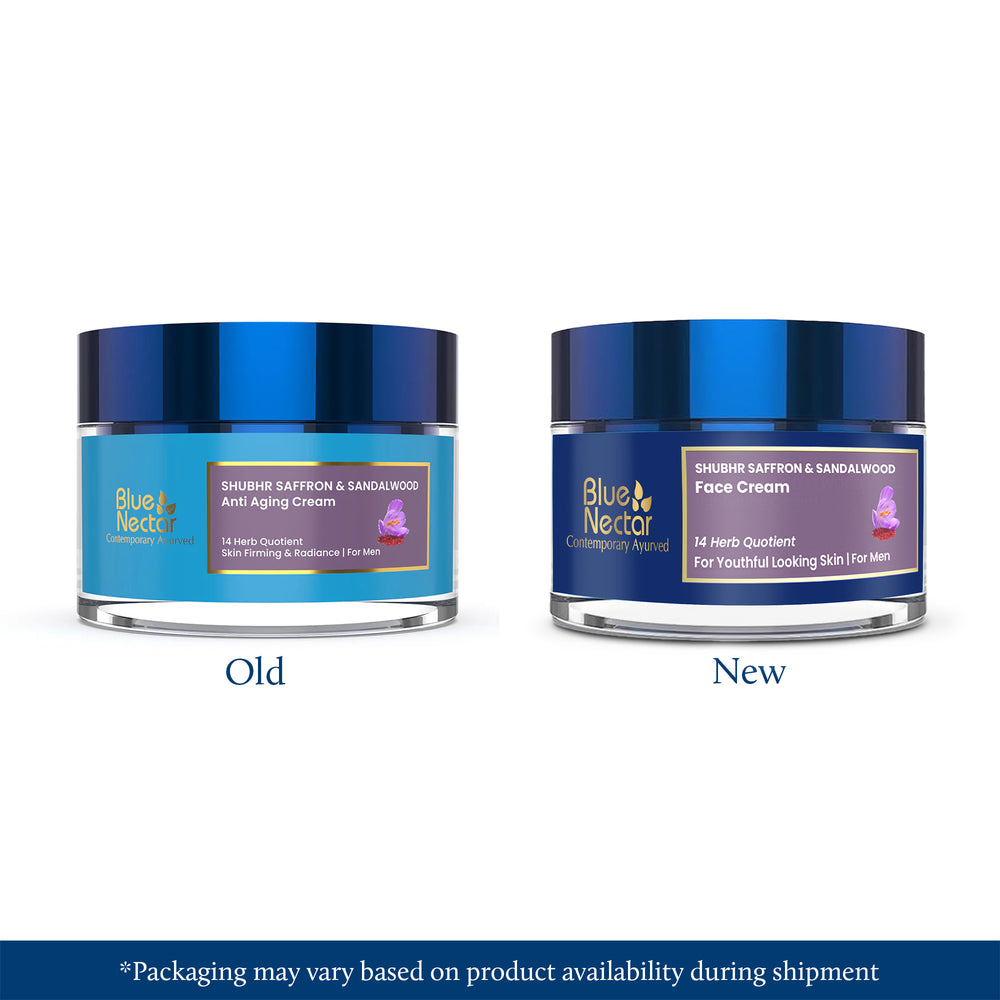
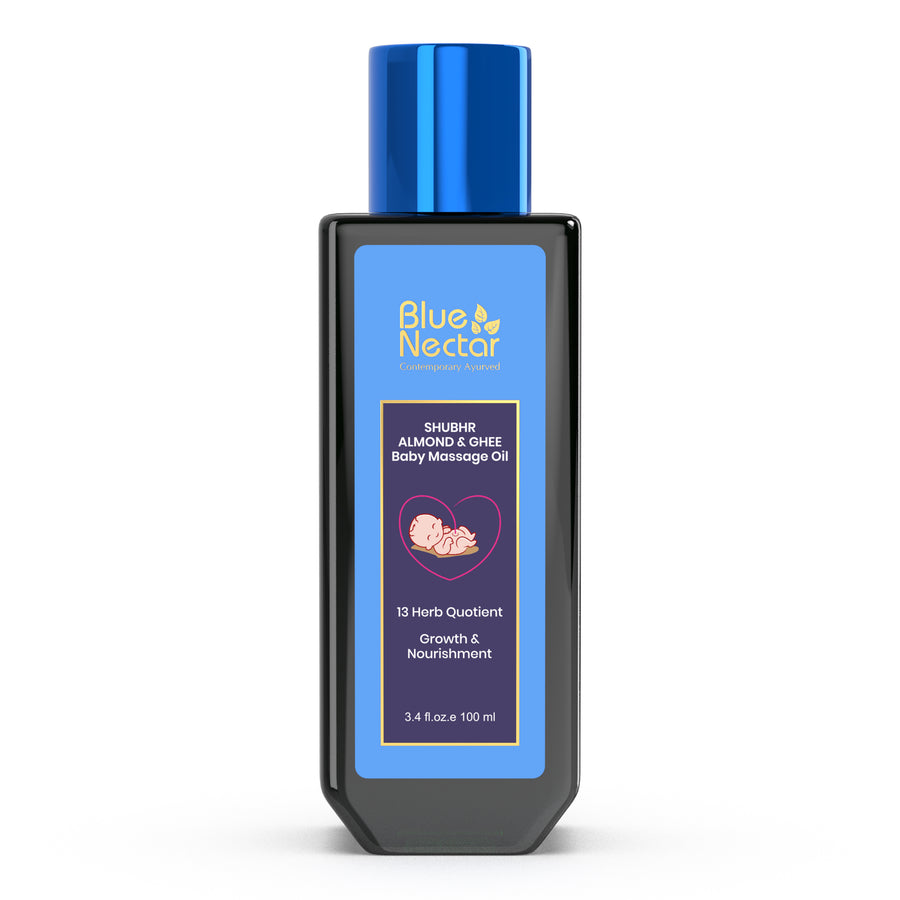
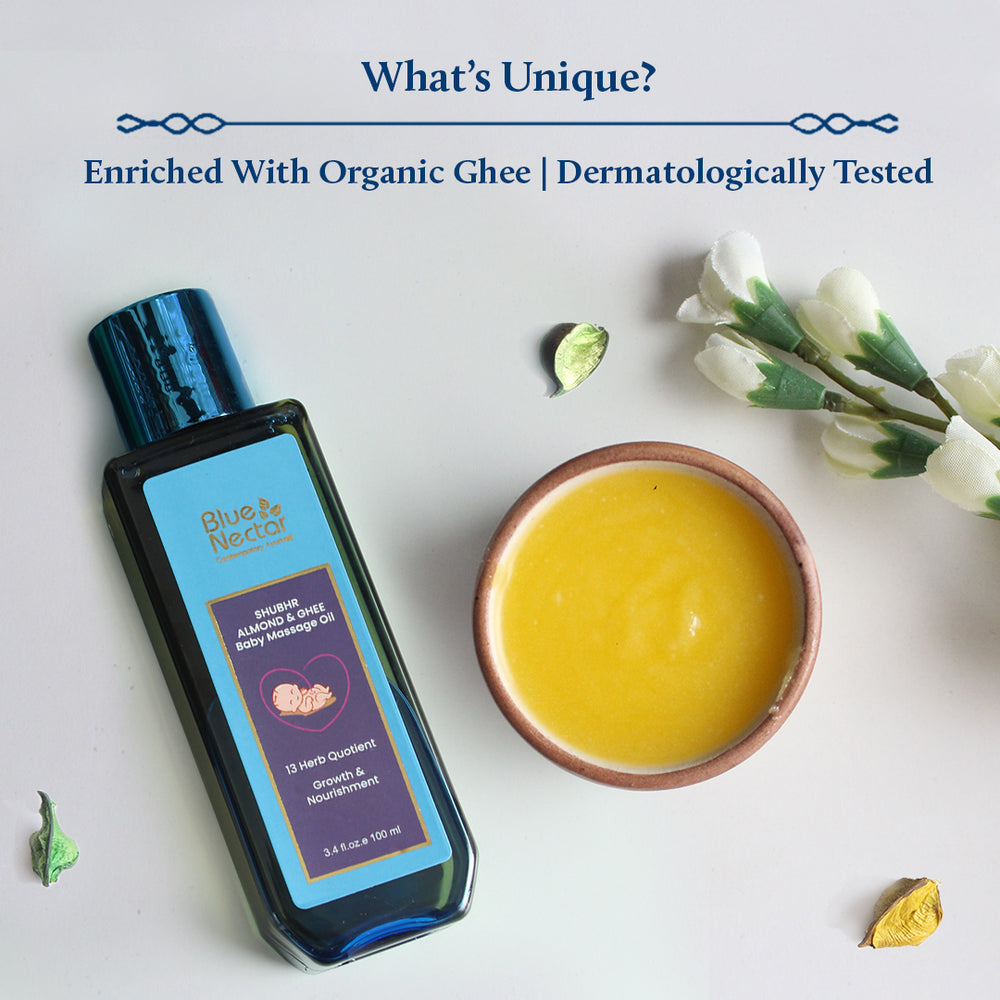
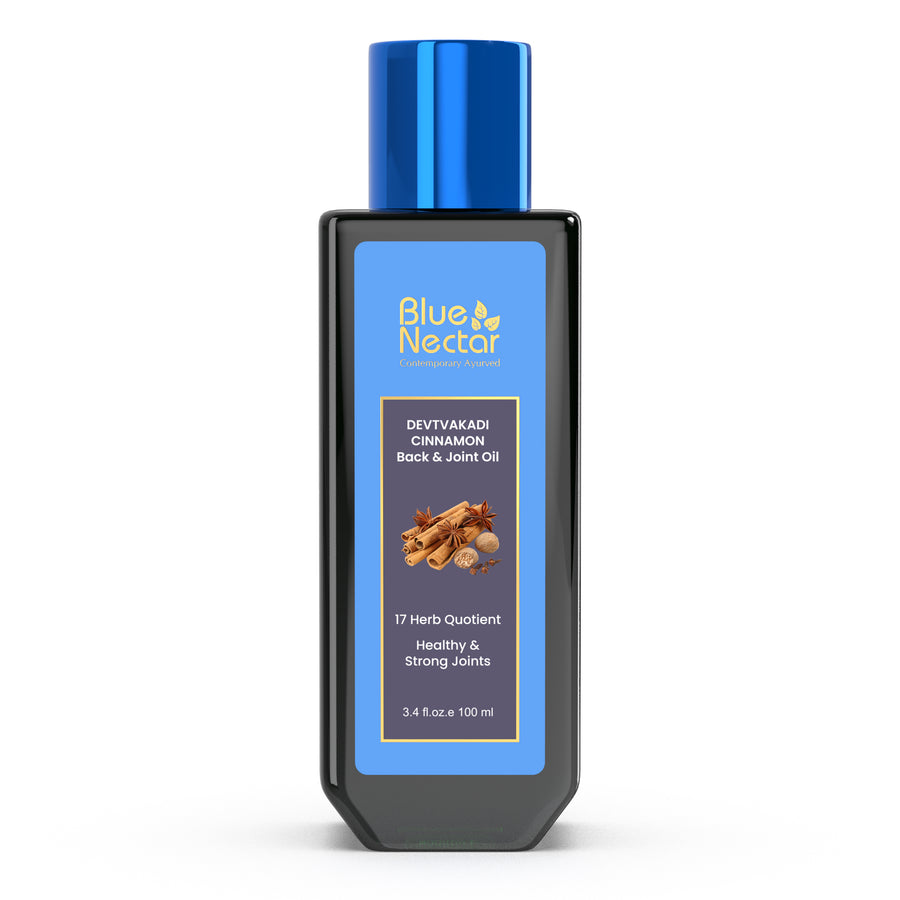
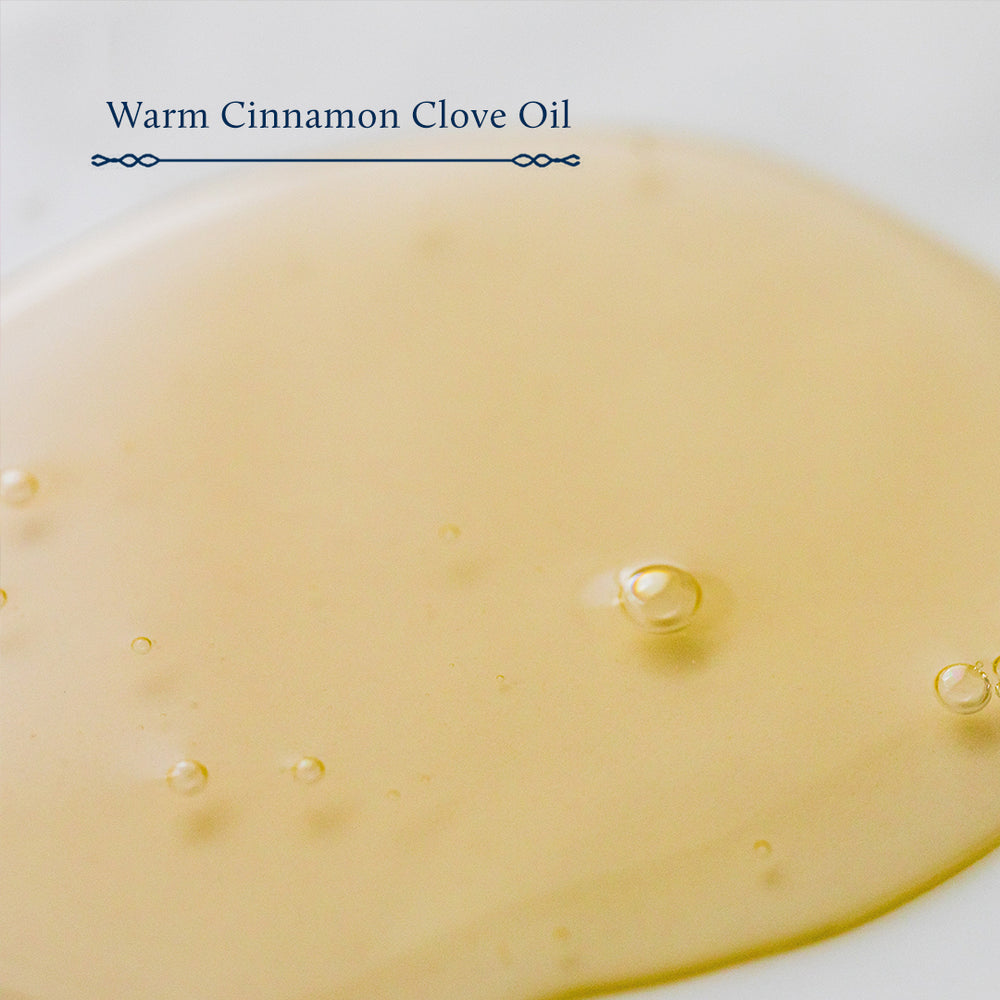


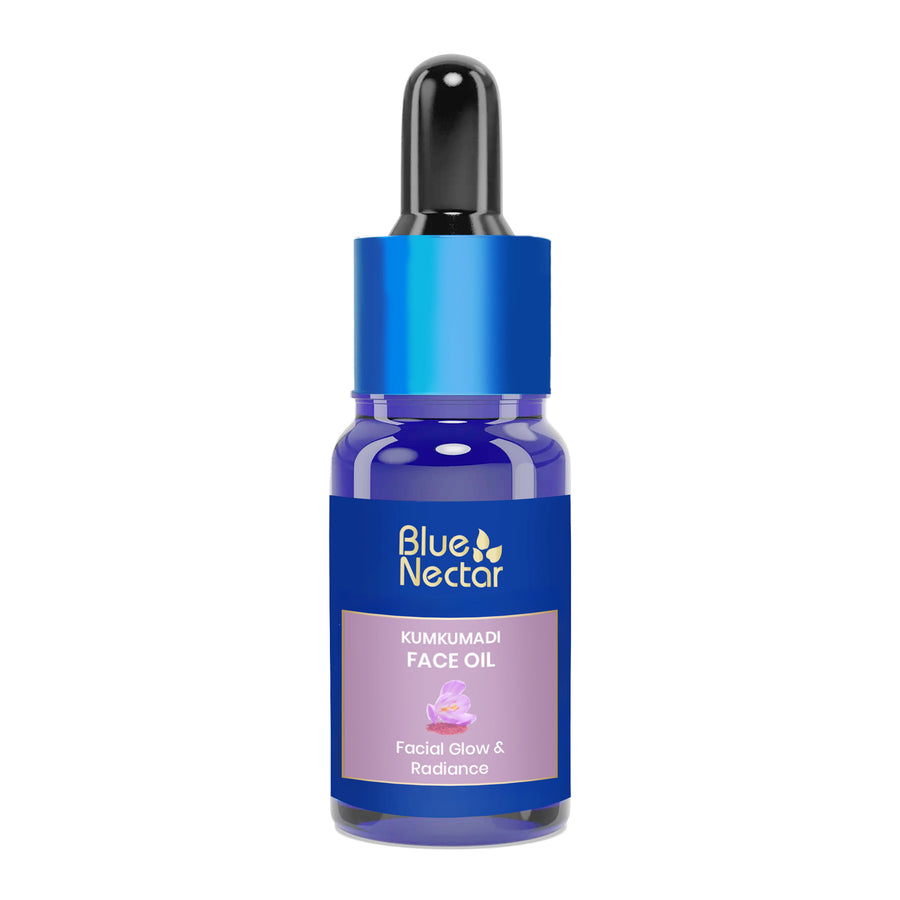
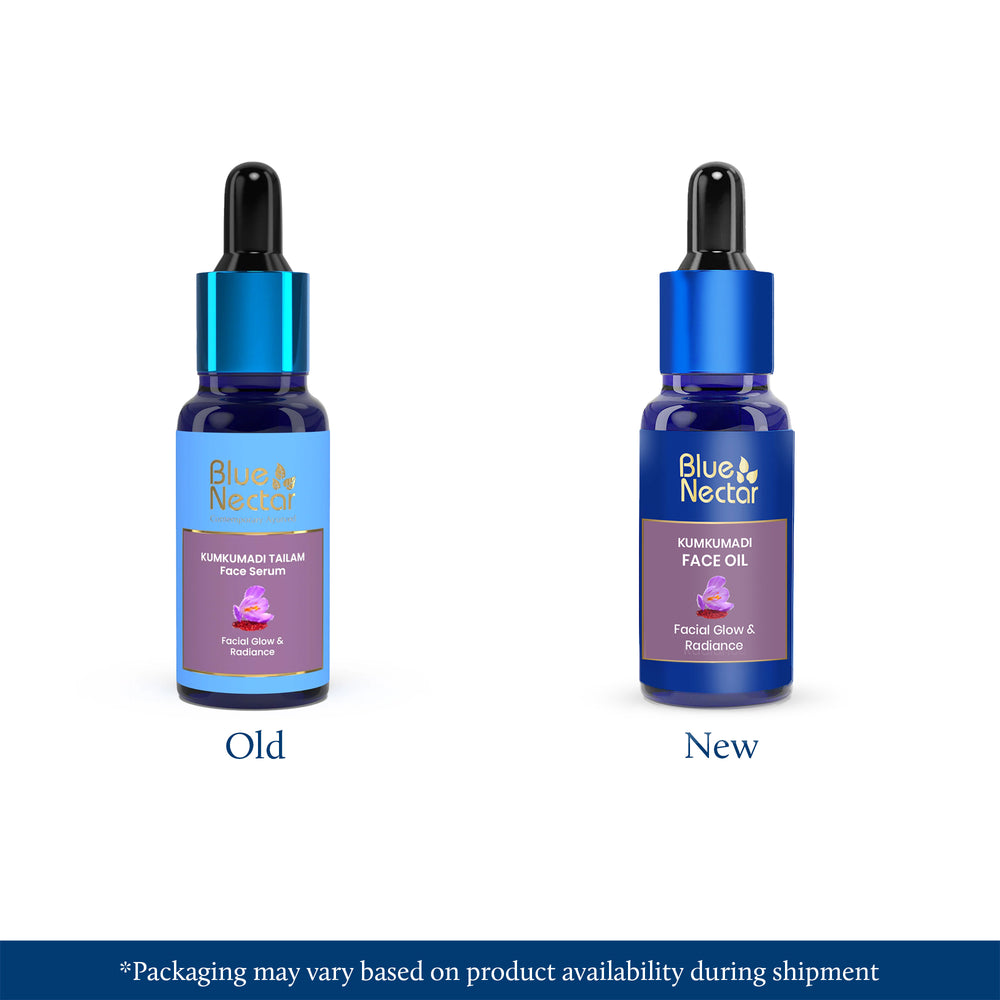
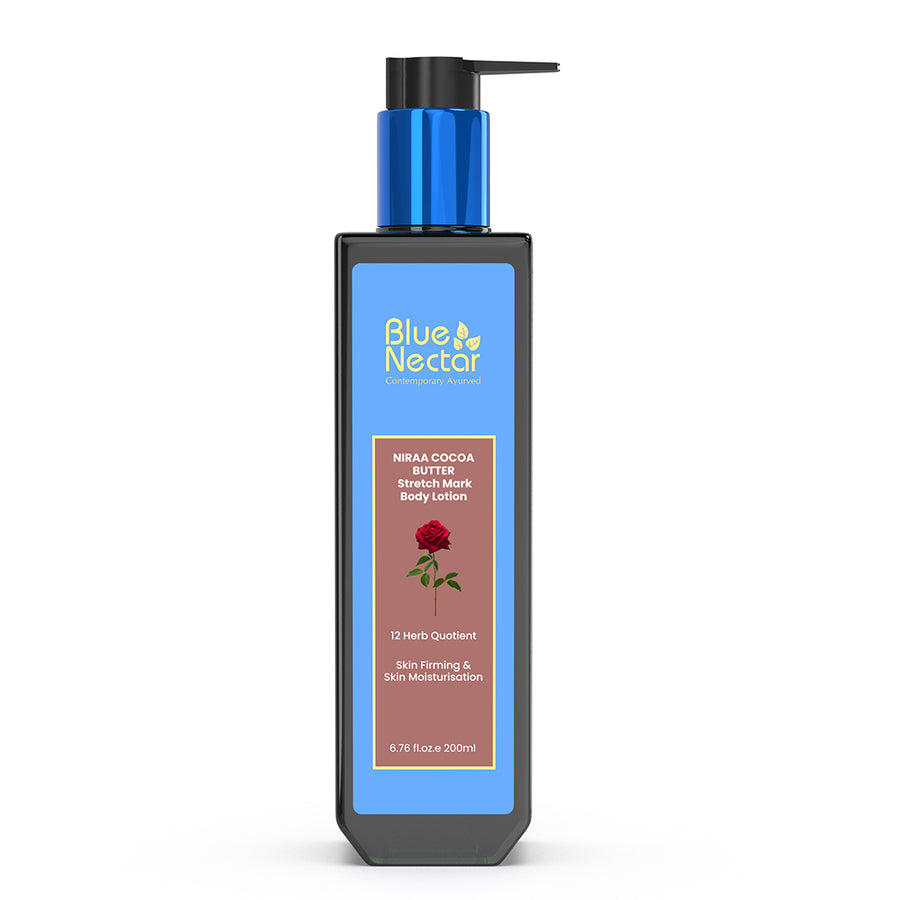
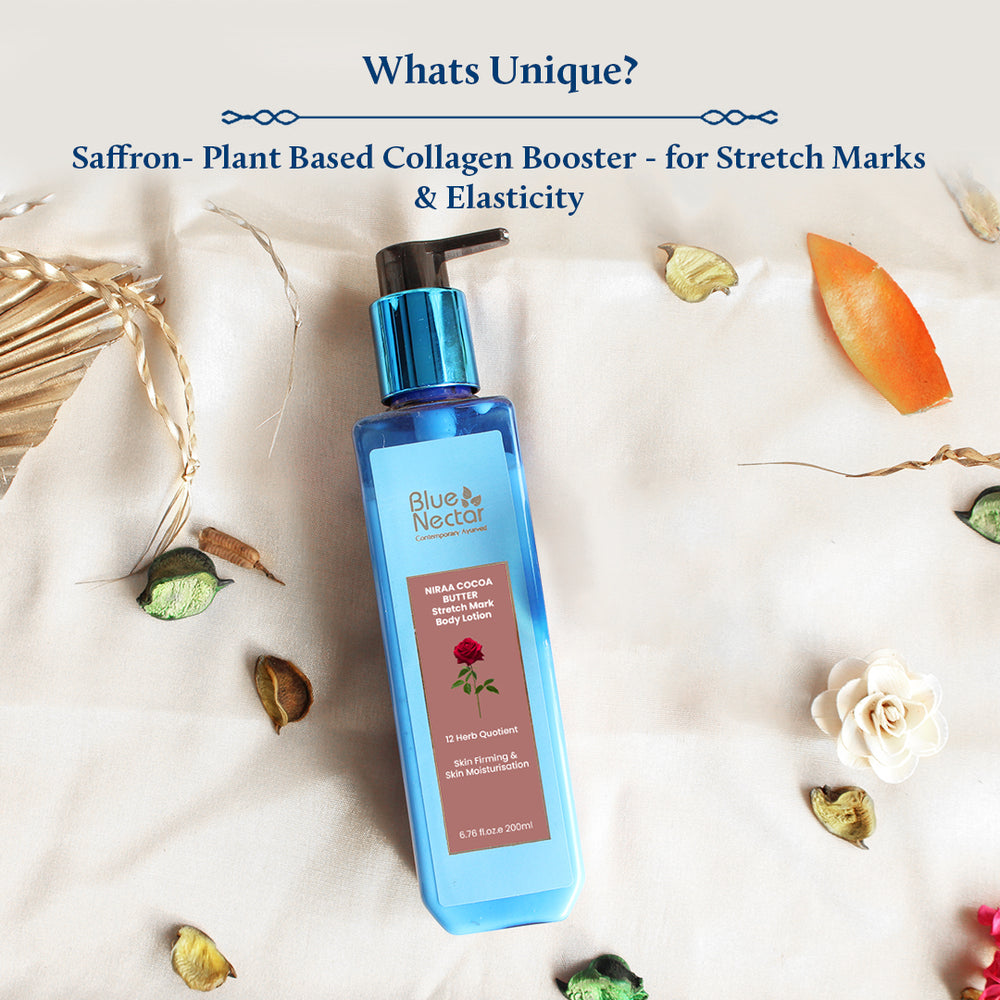
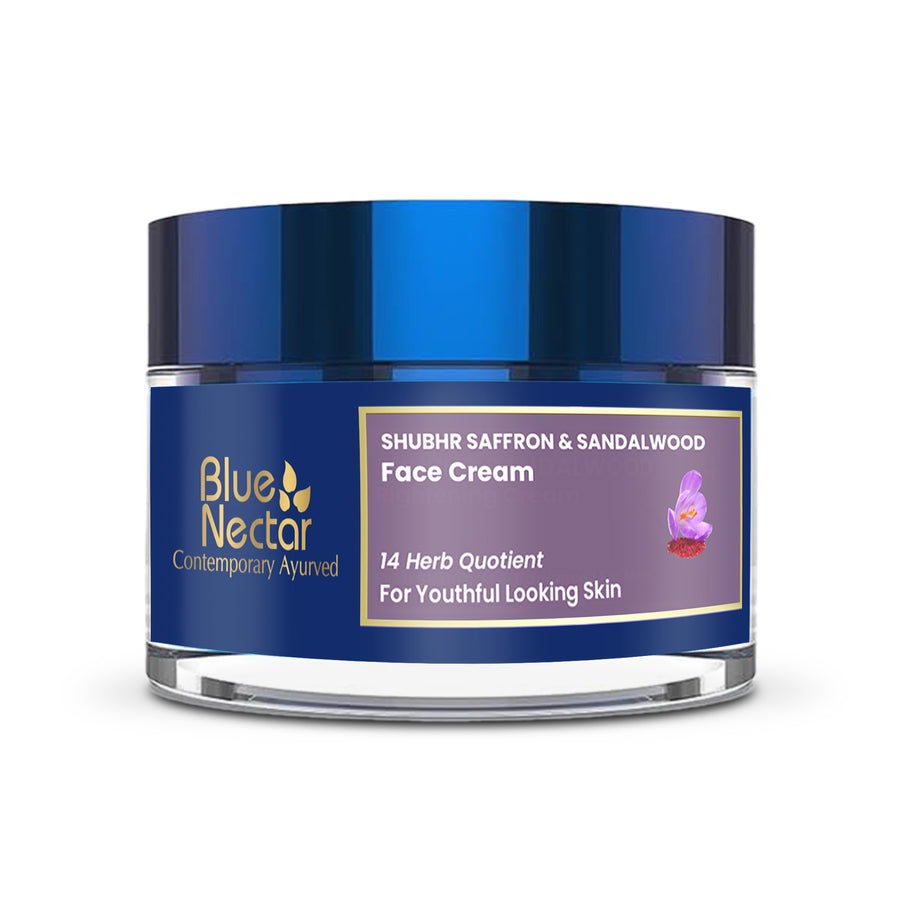
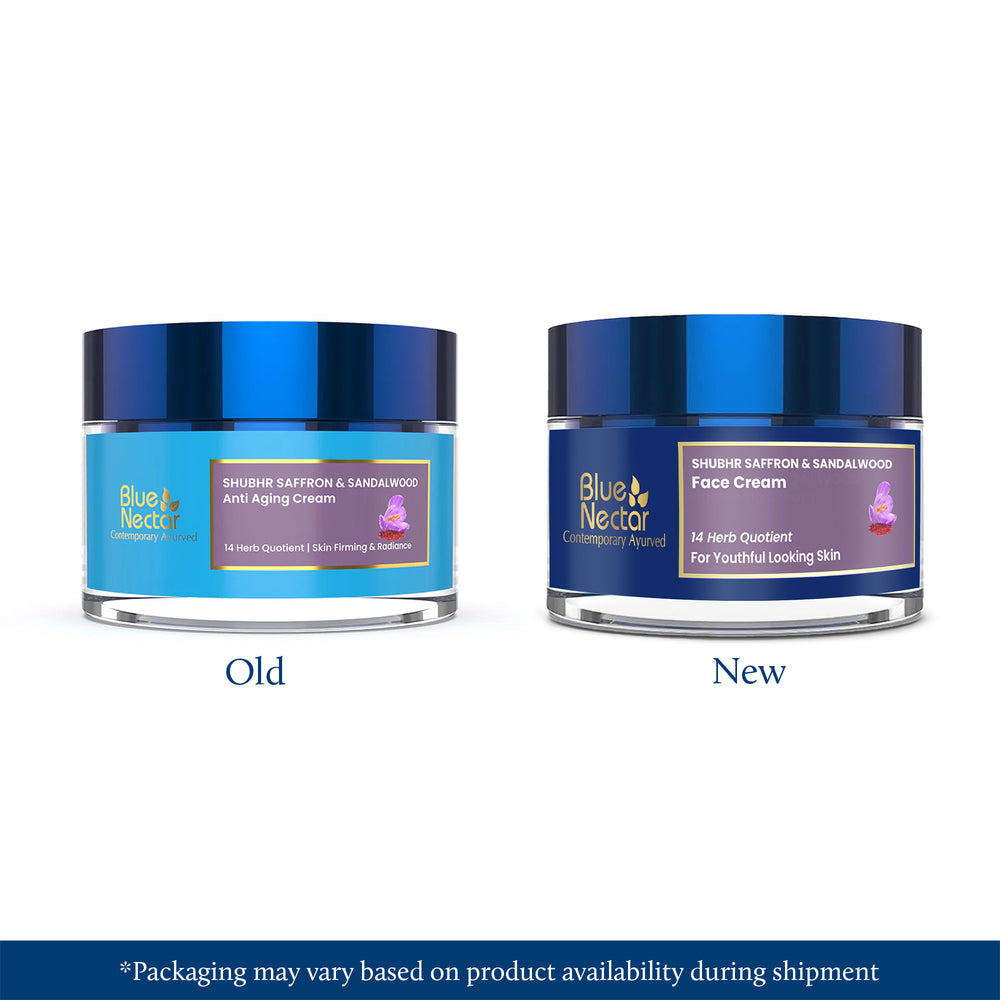
Leave a comment